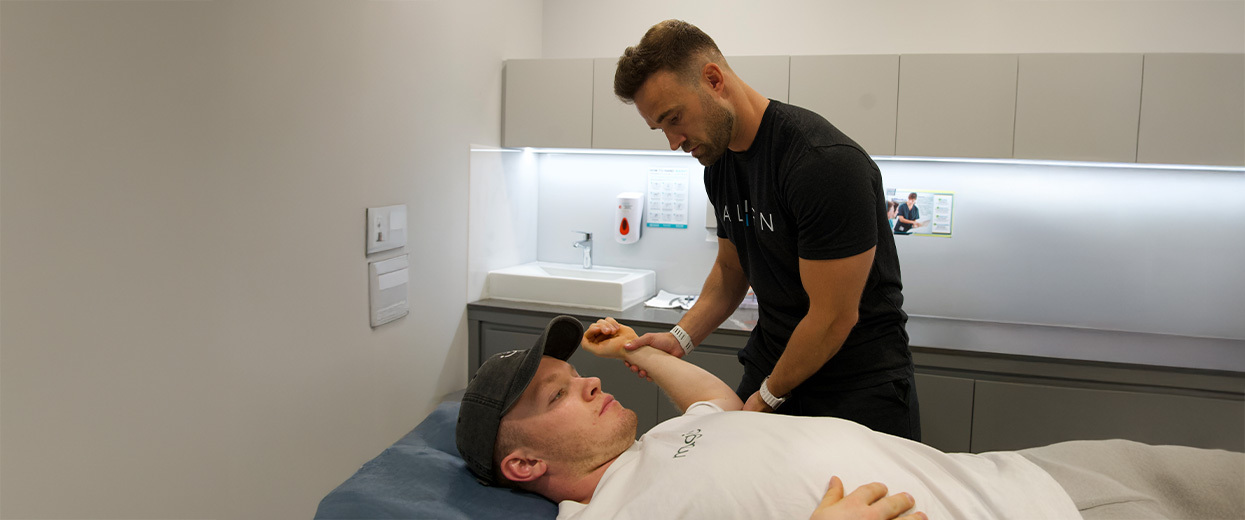Managing Arthritis Through Physical Rehabilitation
Living with arthritis isn’t just about sore joints. It’s about struggling through routines that used to feel easy, like getting up from a chair, reaching for a shelf, or walking through the grocery store. Over time, it chips away at your energy, your independence, and sometimes even your confidence.
And while painkillers and rest might seem like the only solution, they rarely get to the root of the problem. The real key to managing arthritis? Learning how to move smarter, not less. That’s where a certified rehab center for pain relief can really change the game.
Instead of focusing only on symptoms, physical rehabilitation gives you tools to take back control of your body at your own pace.
What Is Physical Rehabilitation?
Physical rehabilitation is a structured, evidence-based approach to help people recover or maintain physical abilities after injury, illness, or in the case of chronic conditions like arthritis. It is more than just exercise; it involves a full-body, whole-life strategy to help people move better, feel stronger, and live with less pain.
A rehabilitation plan typically includes:
- Strength-building exercises
- Flexibility and range-of-motion activities
- Pain-relief techniques
- Manual therapy
- Education on posture and joint protection
- Home exercise programs
- Functional training for daily activities
Rather than treating the symptoms alone, rehabilitation addresses the root causes of physical decline in arthritis patients and provides strategies for long-term improvement.
Why Physical Rehabilitation Matters in Arthritis Management
Arthritis affects the joints by causing inflammation, cartilage breakdown, and joint damage. This leads to reduced mobility, muscle weakness, and pain. Over time, people with arthritis may avoid activity to prevent discomfort, but inactivity can make symptoms worse.
Physical rehabilitation plays a crucial role in reversing this cycle. It helps individuals with arthritis maintain independence, manage symptoms, and avoid more aggressive interventions like surgery. Here are key reasons why it’s so effective:
1. Improves Joint Stability and Strength
Arthritic joints often feel unstable or weak. Rehabilitation focuses on strengthening the muscles around the joint to improve support and stability. For example, strengthening the quadriceps can take pressure off the knees, while core strengthening can protect the spine.
2. Reduces Pain and Inflammation
A well-structured rehabilitation program includes pain-relief techniques such as manual therapy, stretching, heat or cold application, and low-impact exercises. These can help decrease inflammation and improve joint function.
3. Enhances Flexibility and Range of Motion
Arthritis often limits how far a joint can move. Regular mobility exercises and targeted stretching in a rehab program can restore or maintain flexibility. This allows patients to move more comfortably and carry out daily tasks with greater ease.
4. Prevents Muscle Loss
Arthritis-related inactivity leads to muscle weakening, which worsens mobility and increases the risk of falls. Rehabilitation helps counteract this by encouraging consistent, safe physical activity.
5. Builds Confidence and Reduces Fear of Movement
Fear of pain or further injury can discourage people with arthritis from staying active. Working with a professional therapist helps build confidence, ensuring that patients move safely and with purpose.
Conditions That Benefit from Rehabilitation
Not all arthritis is the same, and each type has its own treatment focus. A physical rehabilitation program can be adjusted based on the specific form of arthritis, such as:
- Osteoarthritis (OA): Most common in older adults, OA causes cartilage breakdown and usually affects weight-bearing joints like knees and hips.
- Rheumatoid Arthritis (RA): An autoimmune disease that attacks joint tissue, causing swelling and deformity.
- Psoriatic Arthritis: Often linked to skin psoriasis, this condition affects both joints and tendons.
- Ankylosing Spondylitis: A form of arthritis that affects the spine and can lead to decreased flexibility.
- Juvenile Idiopathic Arthritis: Occurs in children and requires early rehabilitation to prevent growth-related complications.
Each condition needs a specific approach, which is why personalized rehab plans are crucial.
What to Expect in a Physical Rehabilitation Program
Every session is different, but here’s what it might include:
- Gentle stretching to loosen tight muscles
- Light resistance or strength exercises
- Movement practice (getting in/out of chairs, walking safely)
- Manual therapy or massage for stiff joints
- Tips for doing daily tasks without overloading your body
You’ll also talk through things with your therapist. What’s working? What hurts? What are you avoiding out of fear? That conversation shapes everything.
Frequency and Duration of Therapy
Most patients benefit from two to three sessions per week in the beginning. Over time, the frequency may reduce as the patient gains strength and confidence. Depending on the condition’s severity, rehabilitation can last from several weeks to a few months.
Long-term success depends on consistency. Patients who follow home exercise programs and maintain an active lifestyle tend to see the best results.
Taking the First Step
Managing arthritis is about more than just reducing pain. It’s about improving the way you move, think, and feel every day. Physical rehabilitation is a practical, proven way to manage the challenges of arthritis and protect your mobility as you age.
If you or a loved one has arthritis, talk to your physician about getting started with a rehabilitation program. Choosing a trusted facility like ALIGN Health can ensure you receive the care and support needed for long-term success.

